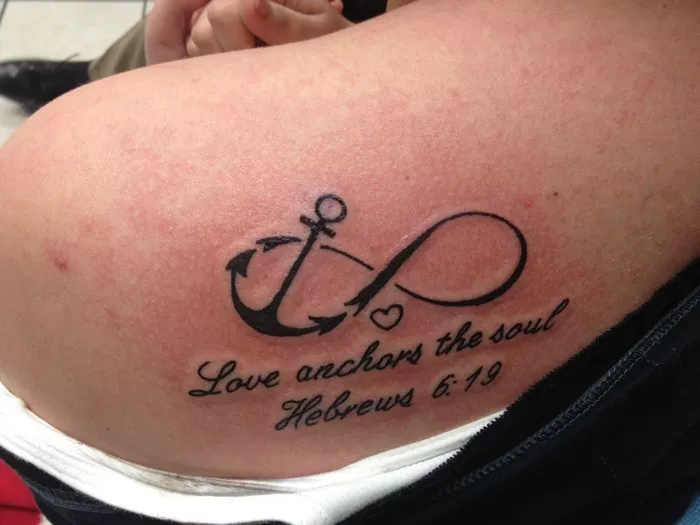When it comes to body art, one of the most frequently asked questions pertains to the level of pain associated with various tattoo placements. Among the myriad of locations on the human body suitable for tattoos, the chest stands out as both a popular and daunting choice. In this comprehensive guide, we delve into the intricacies of chest tattoos, exploring the factors that influence pain perception, techniques to manage discomfort, and insights from experienced tattoo artists and clients.
Understanding Pain Perception
Before delving into the specifics of chest tattoos, it’s essential to grasp the fundamentals of pain perception in the context of tattooing. Pain is a subjective experience influenced by various physiological and psychological factors. While some individuals may have a higher pain tolerance due to genetic predispositions or previous experiences, others may find certain sensations more intense.
Tattoo pain is primarily attributed to the process of inserting ink into the skin through multiple needle punctures. The sensation varies depending on factors such as the location of the tattoo, the individual’s pain threshold, and the skill of the tattoo artist. Understanding these elements is crucial for anyone considering a chest tattoo.
Anatomy of the Chest: Navigating Sensitivity
The chest region encompasses a significant portion of the body, presenting diverse areas with varying levels of sensitivity. Understanding the anatomy of the chest is instrumental in predicting the potential pain associated with tattooing this area.
The chest consists of several muscle groups, including the pectoralis major and minor, interspersed with nerves, blood vessels, and bone structures such as the sternum and ribs. Tattooing over bony areas or regions with thinner skin may result in heightened discomfort compared to fleshy areas.
The upper chest, closer to the collarbone, is generally considered less painful than the lower chest, where the skin is closer to bone and nerve endings. Additionally, proximity to areas such as the sternum or nipples may amplify sensations during the tattooing process.
Factors Influencing Pain Perception
Numerous factors influence an individual’s perception of pain during a chest tattoo session. These include:
Pain Threshold: Each person has a unique pain threshold, influenced by genetics, previous experiences, and individual differences in neurobiology. Those with a higher pain threshold may tolerate chest tattoos more comfortably.
Tattoo Size and Design: The size and complexity of the tattoo design play a significant role in determining pain levels. Larger tattoos requiring prolonged sessions may induce more discomfort than smaller, simpler designs.
Tattoo Artist Skill: The expertise and technique of the tattoo artist also influence pain perception. Experienced artists proficient in hand movements and needle control can minimize discomfort and ensure a smoother tattooing process.
Client’s Physical Condition: Factors such as hydration, fatigue, and overall health can impact pain perception. Adequate hydration and rest before the tattoo session may help mitigate discomfort.
Placement on the Chest: As previously mentioned, specific areas of the chest may be more sensitive than others due to variations in skin thickness, proximity to bones or nerves, and individual anatomy.
Understanding these factors empowers individuals to make informed decisions when considering a chest tattoo and prepares them for the potential sensations they may experience during the process.
Managing Discomfort During Chest Tattoos
While tattooing inevitably involves some level of discomfort, various strategies can help manage pain during chest tattoo sessions:
Communication with the Artist: Open communication with the tattoo artist is crucial. Discussing concerns and preferences beforehand allows the artist to adjust their approach and provide recommendations for minimizing discomfort.
Pain Management Techniques: Techniques such as deep breathing, focusing on a focal point, or listening to music can help distract from the sensation of pain during the tattooing process.
Topical Anesthetics: Some individuals opt for topical numbing creams or sprays to temporarily desensitize the skin and reduce pain during tattoo sessions. It’s essential to consult with a healthcare professional and follow product instructions carefully.
Taking Breaks: For longer tattoo sessions, scheduling periodic breaks allows the client to rest and recharge, reducing overall discomfort.
Hydration and Nutrition: Staying hydrated and maintaining balanced nutrition before and during the tattoo session can contribute to overall well-being and may help alleviate discomfort.
By incorporating these strategies, individuals can enhance their comfort levels during chest tattoo sessions and optimize their overall tattooing experience.
Insights from Experienced Tattoo Artists and Clients
To gain further insights into the pain associated with chest tattoos, we consulted experienced tattoo artists and clients who have undergone chest tattooing procedures.
According to tattoo artist Maya Rodriguez, who specializes in intricate chest pieces, “The pain level for chest tattoos can vary greatly depending on the individual’s pain threshold and the specific area being tattooed. Generally, clients describe sensations ranging from mild discomfort to more intense sensations near bony areas or over the sternum.”
Client testimonials also provide valuable perspectives on chest tattoo pain. Sarah Johnson, who recently got a floral chest piece, shared her experience, stating, “The sensation was manageable overall, but there were definitely moments of heightened discomfort, especially near the sternum and collarbone. However, the end result was well worth it.”
Such firsthand accounts highlight the subjective nature of pain perception and underscore the importance of individualized experiences when considering chest tattoos.
Conclusion
In conclusion, the pain associated with chest tattoos is influenced by various factors, including individual pain thresholds, tattoo size and design, artist skill, and anatomical considerations. While chest tattoos may induce discomfort, proactive measures such as communication with the artist, pain management techniques, and strategic planning can significantly enhance the tattooing experience.
Ultimately, the decision to get a chest tattoo should be informed by personal preferences, considerations of pain tolerance, and an understanding of the potential sensations involved. By approaching the process with mindfulness and preparation, individuals can embark on their chest tattoo journey with confidence and emerge with a stunning piece of body art that reflects their unique identity and style.

